Simon Moulijn - Attributed to - Interior of shed or cellar with cart
- Description
- Simon Moulijn (1866-1948)
| Type of artwork | Painting |
| Period | 1800 to 1899 (19th century) |
| Technique | Oil paint |
| Support | Canvas |
| Style | Impressionist |
| Subject | Historic |
| Framed | Framed |
| Dimensions | 38 x 55 cm (h x w) |
| Incl. frame | 41 x 58 cm (h x w) |
| Signed | Unsigned |
Translated with Google Translate. Original text show .
Attributed to Simon Moulijn (1866-1948). Interior of a barn or cellar with a cart. Oil on canvas on panel (marouflage). The painting has craquelure. Dimensions including frame: 41x58 cm. Note on the back: Drenthe 1892. Moulijn often worked in Drenthe towards the end of the nineteenth century.
Born as the son of the manufacturer and merchant Simon Moulijn Sr. and his second wife Magdalena Maria Johanna Walter, Simon Moulijn studied at the Rotterdam Academy of Fine Arts and Technical Sciences after 1882, despite initial resistance from his parents.
From 1885 onwards, he studied at the Rijksakademie van Beeldende Kunsten in Amsterdam. There he met other artists of the time, such as Ferdinand Hart Nibbrig, Richard Roland Holst, and Isaac Israëls. After completing his studies in 1887, he began a period of searching for artistic direction and suitable living conditions.
In 1917, Moulijn became a teacher at the Rotterdam Academy and the family moved to The Hague.
After retiring, Moulijn lived and worked in Wassenaar from 1935 to 1944. In 1946, the couple moved in with their eldest son in The Hague. Moulijn died on November 2, 1948. A month later, on December 1, 1948, he was followed by his wife. Both are buried in the cemetery at the Wassenaar Village Church.
Moulijn's one-man exhibition at S. Bing's Hotel de l'Art Nouveau in Paris (1895) was a major success. Moulijn traveled extensively. In the Netherlands, he worked in various locations, including Drenthe, South Limburg, North Brabant, Gelderland, and Zeeland. Many of his travels also took him abroad: he worked in Germany (including Holzhausen and Monschau in 1905, Todtnau in 1922), in Switzerland (including Kandersteg, where he spent part of his time with Jan Eisenloeffel in 1926), in Italy (including Tivoli and Frascati in 1911, Florence in 1938), in Luxembourg (Beaufort in 1913), in France (including Versailles in 1930 and 1934, Fontainebleau also in 1930, Neuilly in 1931, and various places along the Oise River, including the Abbey of Royaumont in 1939). The various landscapes and their moods provided Moulijn with inspiration for paintings, etchings, woodcuts, drawings, and lithographs. One of Moulijn's most important qualities, "as a painter of romantic loneliness,"[5] emerges from the diverse landscapes he depicts. It was only after his 60th birthday that Moulijn began to paint and draw portraits again more often.
The Drents Museum in Assen holds a representative collection of Moulijn's works. Friends donated Moulijn's complete print collection to the Rijksprentenkabinet in 1926.
Works by Moulijn have been purchased by
• Boymans van Beuningen Museum in Rotterdam,
• the Kröller-Müller museum on the Hoge Veluwe,
• the Central Museum in Utrecht,
• the Dordrecht Museum,
• the British Museum in London,
• the Bibliothèque Nationale in Paris
• the Albertina in Vienna
Besides works by Moulijn, the Gemeentemuseum in The Hague also purchased his extensive collection of lithographs, which provides an overview of the history of lithography in the Netherlands and France.
Born as the son of the manufacturer and merchant Simon Moulijn Sr. and his second wife Magdalena Maria Johanna Walter, Simon Moulijn studied at the Rotterdam Academy of Fine Arts and Technical Sciences after 1882, despite initial resistance from his parents.
From 1885 onwards, he studied at the Rijksakademie van Beeldende Kunsten in Amsterdam. There he met other artists of the time, such as Ferdinand Hart Nibbrig, Richard Roland Holst, and Isaac Israëls. After completing his studies in 1887, he began a period of searching for artistic direction and suitable living conditions.
In 1917, Moulijn became a teacher at the Rotterdam Academy and the family moved to The Hague.
After retiring, Moulijn lived and worked in Wassenaar from 1935 to 1944. In 1946, the couple moved in with their eldest son in The Hague. Moulijn died on November 2, 1948. A month later, on December 1, 1948, he was followed by his wife. Both are buried in the cemetery at the Wassenaar Village Church.
Moulijn's one-man exhibition at S. Bing's Hotel de l'Art Nouveau in Paris (1895) was a major success. Moulijn traveled extensively. In the Netherlands, he worked in various locations, including Drenthe, South Limburg, North Brabant, Gelderland, and Zeeland. Many of his travels also took him abroad: he worked in Germany (including Holzhausen and Monschau in 1905, Todtnau in 1922), in Switzerland (including Kandersteg, where he spent part of his time with Jan Eisenloeffel in 1926), in Italy (including Tivoli and Frascati in 1911, Florence in 1938), in Luxembourg (Beaufort in 1913), in France (including Versailles in 1930 and 1934, Fontainebleau also in 1930, Neuilly in 1931, and various places along the Oise River, including the Abbey of Royaumont in 1939). The various landscapes and their moods provided Moulijn with inspiration for paintings, etchings, woodcuts, drawings, and lithographs. One of Moulijn's most important qualities, "as a painter of romantic loneliness,"[5] emerges from the diverse landscapes he depicts. It was only after his 60th birthday that Moulijn began to paint and draw portraits again more often.
The Drents Museum in Assen holds a representative collection of Moulijn's works. Friends donated Moulijn's complete print collection to the Rijksprentenkabinet in 1926.
Works by Moulijn have been purchased by
• Boymans van Beuningen Museum in Rotterdam,
• the Kröller-Müller museum on the Hoge Veluwe,
• the Central Museum in Utrecht,
• the Dordrecht Museum,
• the British Museum in London,
• the Bibliothèque Nationale in Paris
• the Albertina in Vienna
Besides works by Moulijn, the Gemeentemuseum in The Hague also purchased his extensive collection of lithographs, which provides an overview of the history of lithography in the Netherlands and France.
| Condition | |||||||||
| Condition | Reasonable | ||||||||
| The painting is in good condition with visible craquelure. | |||||||||
| Shipment | |||||||||
| Pick up | The work can be picked up on location. As a buyer you must bring your own packaging materials. The location is: Den bosch, The Netherlands | ||||||||
| Shipment | Parcel post | ||||||||
| Price | Up to 5 kg.
| ||||||||
| Guarantee | |||||||||
| Guarantee | By putting the item up for auction, I agree with the Terms of Guarantee as they are applicable at Kunstveiling regarding the accuracy of the description of the item | ||||||||
The seller takes full responsibility for this item. Kunstveiling only provides the platform to facilitate this transaction, which has to be settled directly with the seller. More information .
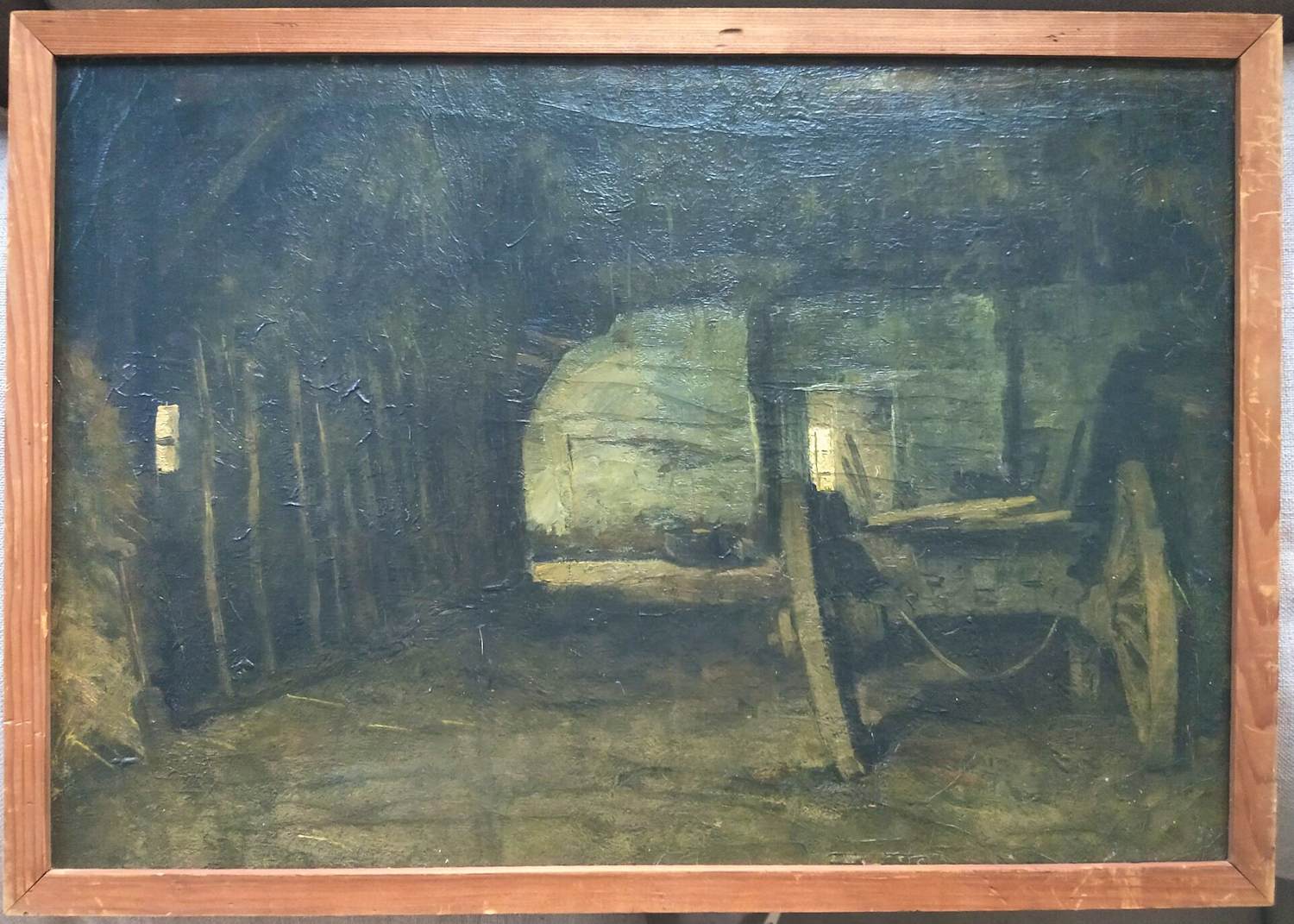

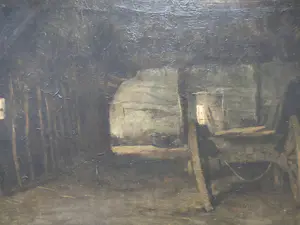
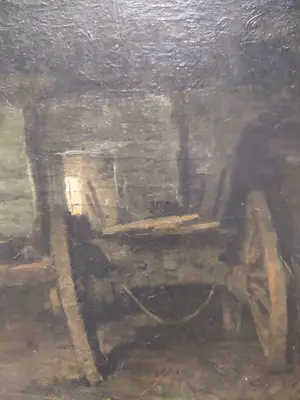
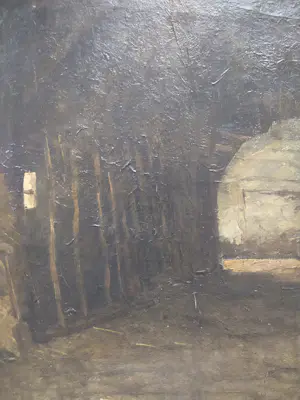
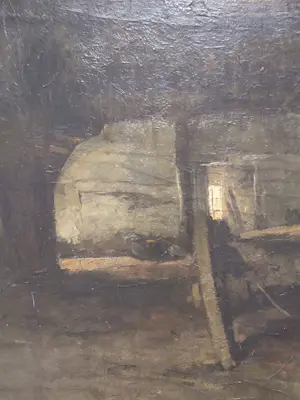
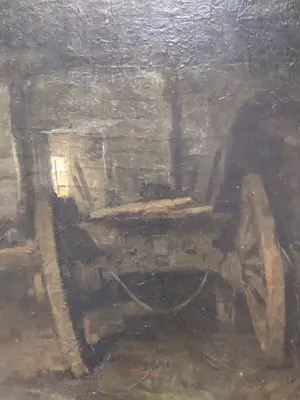
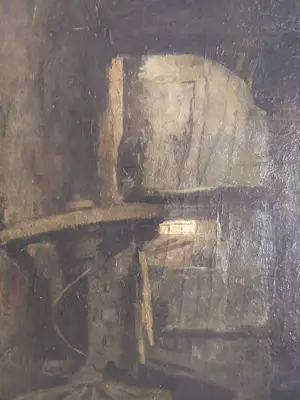
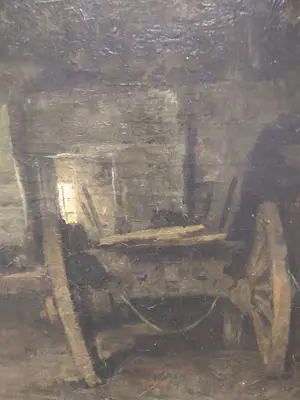
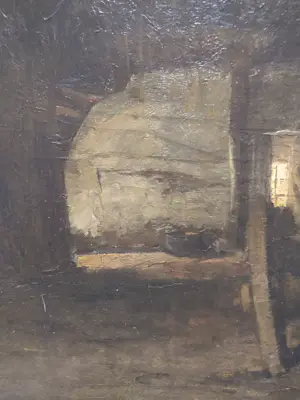
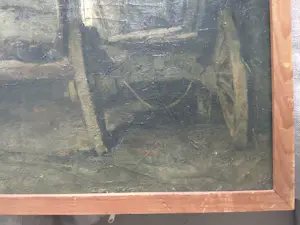
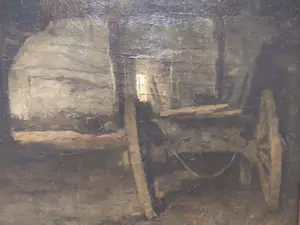

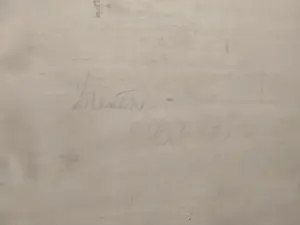
 Dutch
Dutch